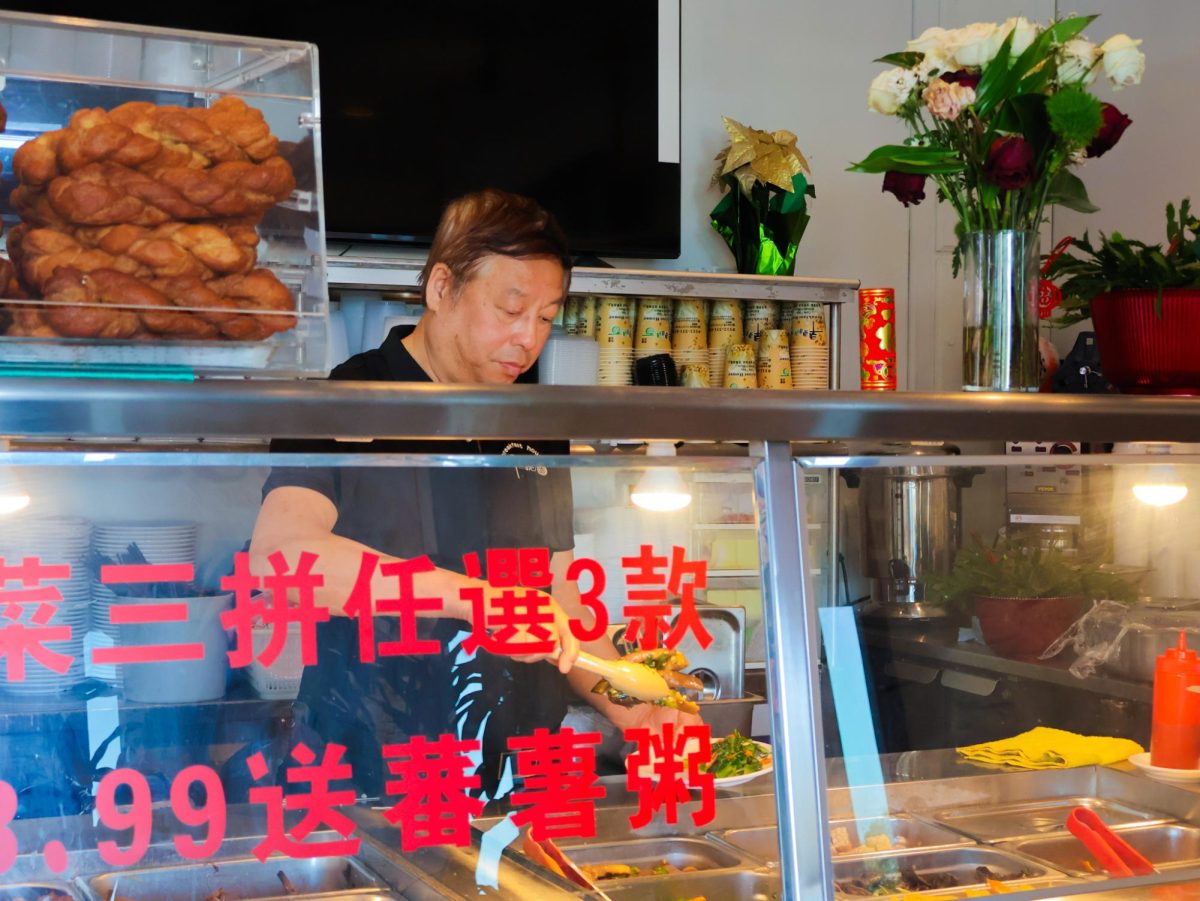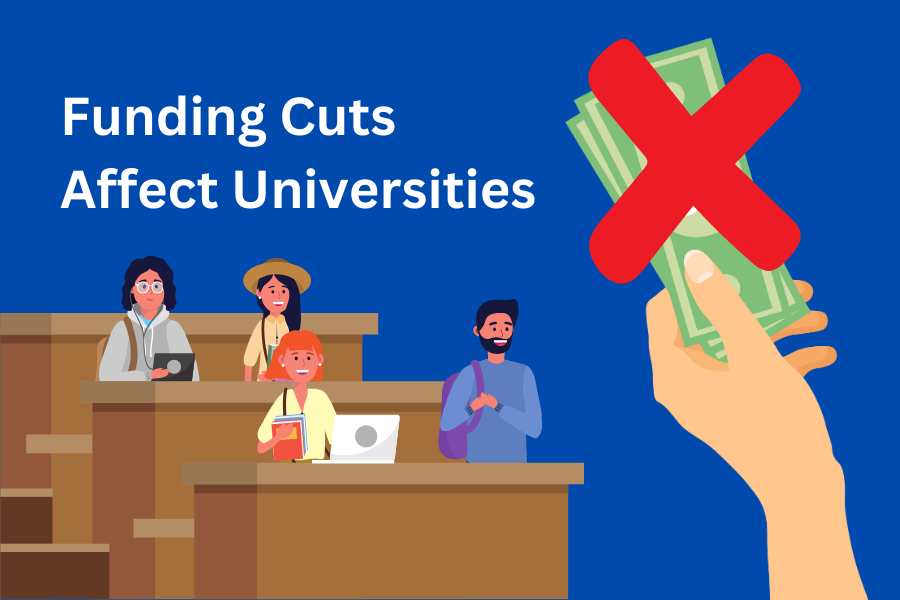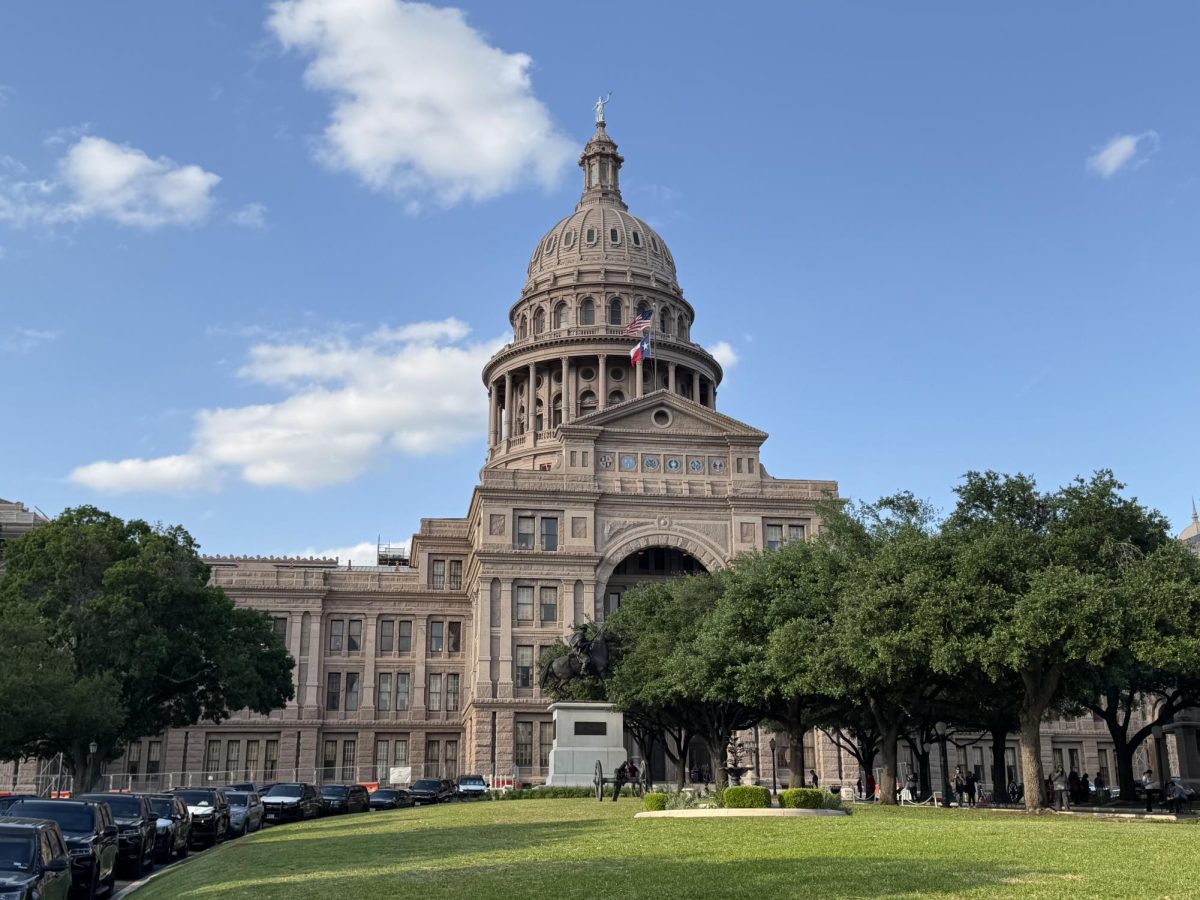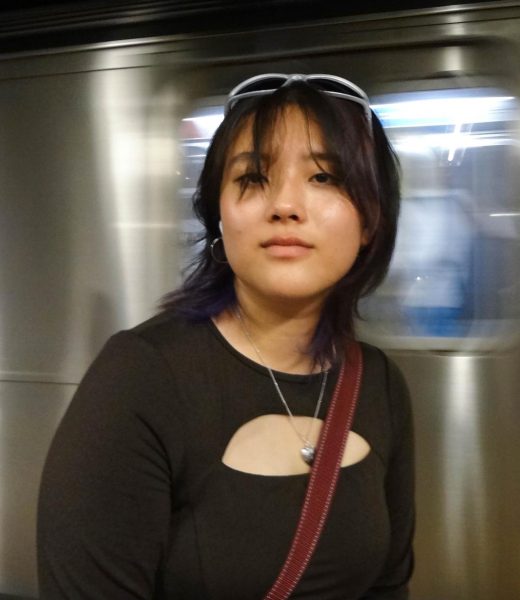Following a substantial increase in the number of University of Texas (UT) at Austin applicants over the past several years, the university has recently declared a change in its auto-admissions policy, effective in Fall of 2026. Hitting the hardest for the current junior class, the shift in auto-admittance rate from six percent to five percent has caused many to reevaluate their view of UT.
“I think that the new rule is definitely going to make a lot of people really upset, especially the people who are in the top six percent but not in the top five,” Aanya Ujjval ‘26 said.
The university’s auto-admittance rate has a decades-long history. In 2009, the state of Texas passed a law requiring 75 percent of UT Austin’s freshman class to be auto-admitted students, though it gave the school the autonomy to choose its auto-admittance rate. The rate changed from seven percent to six percent in 2017 following a surge in UT Austin applicants.
“UT Austin is a really good school, especially in business and computer science, [and] it’s also on the public Ivy [Leagues] list which is another reason for the spike [in applicants],” Ujjval said. “I think the auto-admit cutoff change was going to happen.”
With over 70,000 applicants just last year, UT Austin has seen not only an increase in out-of-state applicants, but also Texan students seeking the university as a close-to-home “safety” school.
“[The school] is in a really good area, the weather is good, there’s really good food, [and] a lot of my friends are here,” Naina Asuthker ‘26 said. “It’s really close to my house and [going to UT] means I can be close to my family and I don’t have to drive hours away.”
Although the policy will be a major change for some students, for others, it doesn’t significantly affect their approach to the UT application.
“I’m going to apply to UT Austin next year, but it won’t be one of my top choices. [The] change in policy probably won’t affect me as much, since I wasn’t really set on going to UT anyway,” Ujjval said.
However, for other students hoping to rely on the auto-admission, the new rate increases the pressure of vying for a top spot.
“I think the five percent [admission rate] will affect the mental health [of] students who probably were going to be auto-admitted but now aren’t [guaranteed],” Yasmine Siba ‘27 said. “It’s a little unfair [that] the number keeps getting smaller because we do work really hard and it puts more pressure on [our] minds.”
As difficulty in general admission to UT Austin ramps up, it’s possible that more applicants will turn to other UT schools or alternative programs such as UT Austin’s Coordinated Admission Program (CAP). CAP, which currently draws in over 1000 students each year, allows college freshmen to complete one year at a participating UT school before transferring to the UT Austin campus.
“I think [CAP] is a pretty good alternative, because at the end of the day you’re still going to UT Austin, and you’re gonna graduate from UT Austin eventually,” Asuthker said.
However, some emphasize the importance of their college social experiences as well.
“Your freshman year of college is pretty important. Finding a group of friends and [establishing] yourself, and then [having to] leave everything to transfer [is hard],” Siba said. “You don’t know what to expect.”
Despite fears of increasing competitiveness within college applications, some students recognize that following the policy change, UT Austin itself may benefit from a higher cutoff.
“This is going to hurt people’s admission chances now, but in the future, it will make UT a better school because they’ll only be accepting the best of the best,” Ujjval said. “At Westwood, people outside the top six percent are really smart and competitive for these colleges, but [in] other regions of Texas, the top six percent isn’t always the best students. I think that the new policy will help UT leave more space for people who aren’t in the top six percent, and [are] super smart and competitive.”














